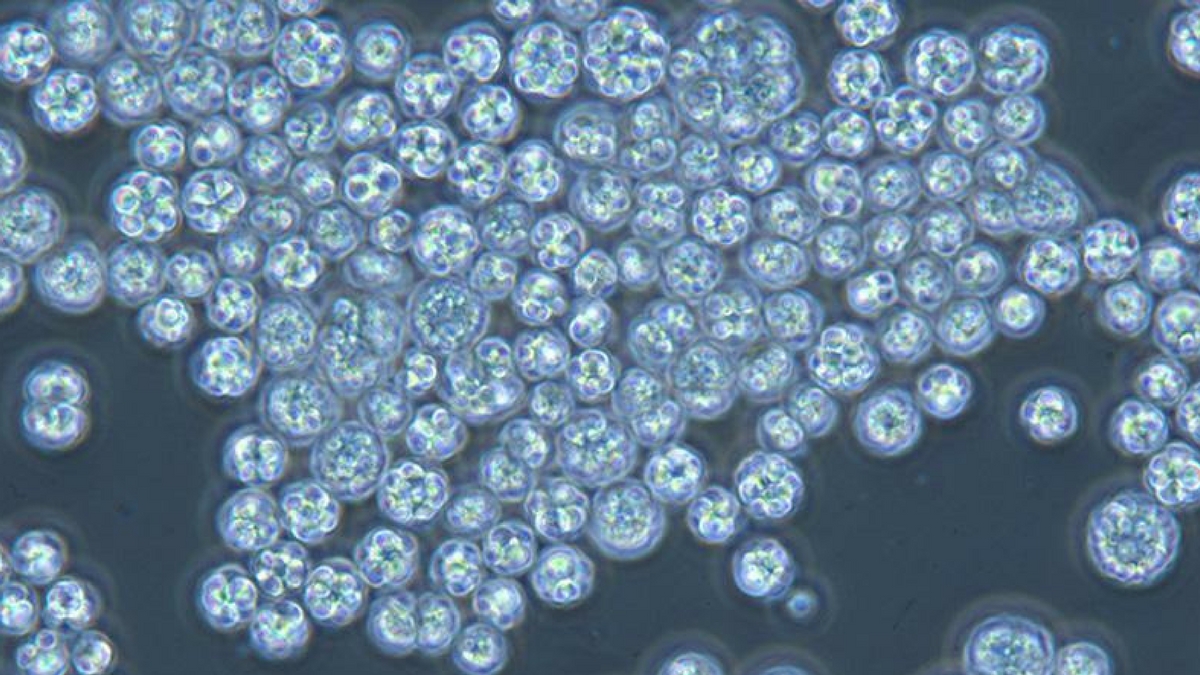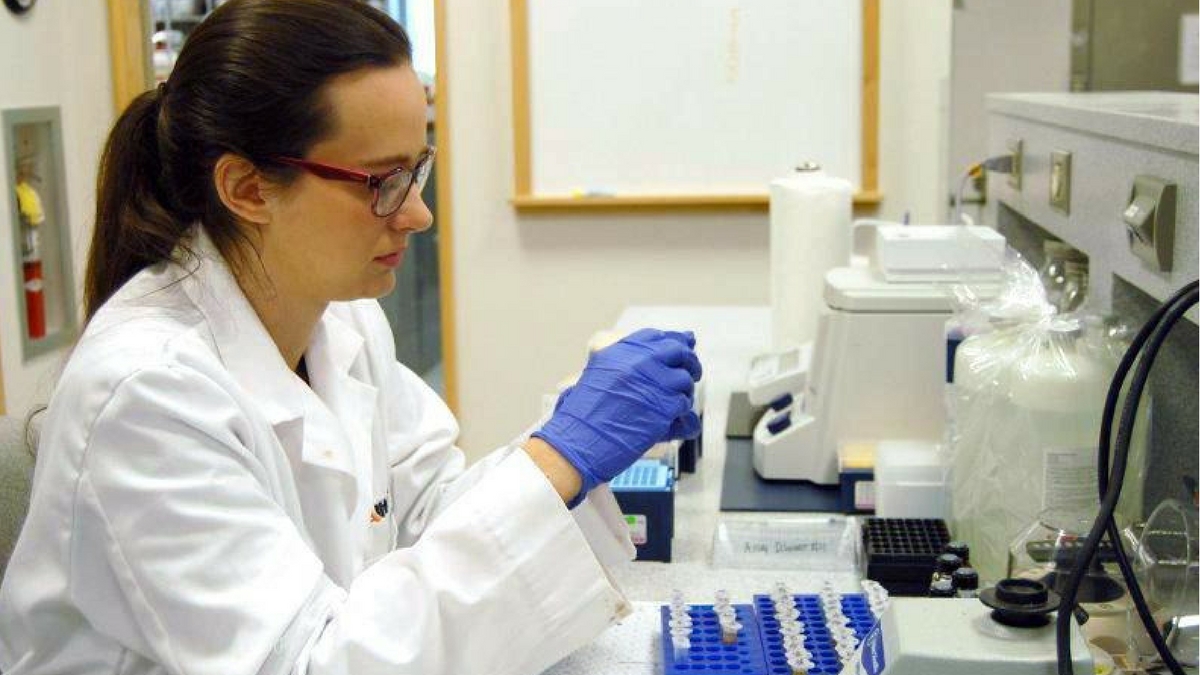A Canadian finds herself on a tropical Malaysian dairy
Editor’s Note: Meet Christina Straathof, member of the 2015 Alltech Dairy Career Development Program (DCDP), who is currently based in Malaysia.
If you had told me last year that by early 2016 I would not only have an exciting and rewarding career, but that I would also be learning two new languages, traveling to four different countries and making many new and lasting friendships, all while working with dairy cattle every day, I would never have believed you. This description sounds like a dream job to me, and six months ago I would not think it a reality, yet I live it every day.
In the course of four short months, I have not only had the opportunity to travel, to learn and to grow, but I also have had the opportunity to work for a vibrant and dynamic company full of some truly amazing people.
It hasn’t been easy, just as no new adventure should be. Living in a foreign country, so far and so different from my home country, can be quite challenging at times. I have, however, been able to build a very supportive team around me, from the mini-CDP group to the extended dairy CDP team to the Alltech Malaysia team, and even to the team on-farm here in Malaysia. I can access people who offer advice, support, encouragement and a kind ear.
I am a cold weather-loving Canadian who has been placed on a dairy farm in tropical Malaysia. I have the opportunity to work in all areas of the farm, learning more about dairy farming and the challenges it faces due to the environment in Malaysia. This is a dynamic job, and I have been able to participate in a wide variety of tasks, such as bottle feeding newborns, diagnosing and treating sick calves, inventorying feedstuffs, being involved in diet reformulation, breeding cows, pulling calves and milking cows. I have been able to do it all! This isn’t just about working on the farm. I have learned how to manage people, how to better communicate across language barriers, and train and teach both staff and student interns. My understanding of dairy cattle and the dairy industry on global, Canadian and Malaysian levels has expanded greatly.
I could not do all of this without the great family that is Alltech. The training I have been provided with is top-notch, and the people have made the greatest difference. They are open and welcoming,supportive and encouraging. I have made several really great friends, a new sister and people I know I can trust to help me when needed.

<p>Christina's new home, a dairy in Malaysia</p>






















